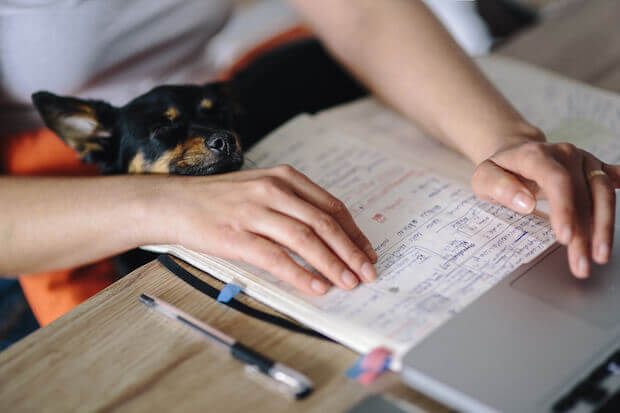
In the 2015/16 school year, British Columbia introduced the draft of a researched new model of BC’s curriculum for kindergarten to grade 9. In September 2016, BC teachers will be given the choice to use the draft for grades 10 to 12. This updated curriculum will continue to be slowly introduced in the school system until the year 2018.
Learning will be more flexible and personalized
The 2016 BC curriculum has been updated to ensure that learning is more flexible and personalized for the students. There is an overall agreement among educators (not just in Canada) that “small-group instruction” and the use of technology is a great way to personalize learning.
By pairing up students or placing them in small groups for tasks and projects, the teacher is able to keep up with the large numbers of students that classrooms often have. Students can also use each other as sources of information and help. Using technology in the classroom, and the new trend towards personalized learning, helps students connect with one another and the teacher. It also gives students the chance to learn basic learning skills through a variety of methods.
If you would like to know how to use more technology in the classroom, check out our articles on these trends that also reflect the personalized learning approach:
Get students ready to use math and literacy skills in real life situations
Based on the previous 2016 BC curriculum link there will be a greater emphasis on getting students to apply whatever they learn into real life, and tapping into students’ individual skills and interests. Math and Literacy assessments have been updated in the BC curriculum to meet that goal. Teachers and tutors can prepare for this curriculum change by looking into math and literacy activities that help students apply those skills in real world situations.
Teaching math skills for the real world
Education World has a number of great activities that teachers and tutors can use to help students apply math to real life situations. For example, students can learn about annual expenses when working for minimum wage by preparing a budget based on the given earnings.
Another activity consists of adjusting a basic recipe to be able to feed 150 for a dinner.
Real World Math is another great website with great resources that link math to the real world. This site even utilizes google earth for very interesting math activities.
Philtulga.com is a site that combines music with reading, math, and science. This would be a great site for teachers and tutors to find activities for students who are musically inclined and thus can learn other skills using music.
We’ve also developed real-world math skill lessons on our blog. Check them out here:
- Focused math lesson — using bowling to teach math to students
- Focused lesson — teach kids math and meteorology with barometers
- Focused math lesson: Teaching kids math with cars
- Focused math lesson — Teach students statistics using baseball
- Teaching kids financial management: the fundamentals
- Get kids excited about math skills by showing them cool jobs that use it everyday
PLUS! See all our teaching resources on other subjects here.
Teaching literacy skills for the real world
Literacy assessments have also been updated in the BC curriculum to reflect a more real world approach to learning. Although geared towards ELT ( English Language Teaching) and ESOL (English for Speakers of Other Languages) instruction, elt-resourceful has a number of great real world writing activities that BC teachers and tutors can use with their students. Some of those activities include “writing to a favourite author, writing a review for a movie, writing a short story for the internet, and writing on behalf of human rights abuse victims”, among others.
Education World, linked to above, also has great literacy activities with the same goal. For instance, students can research the Tower of Pisa, write a report of their findings, then develop and budget a class trip to see it.
The 2016 BC curriculum update has been thoroughly researched and the drafts for grades 10 to 12 are open for feedback from anyone who looks into the drafts. To see some of the other changes of the 2016 BC curriculum update, visit https://curriculum.gov.bc.ca/.




